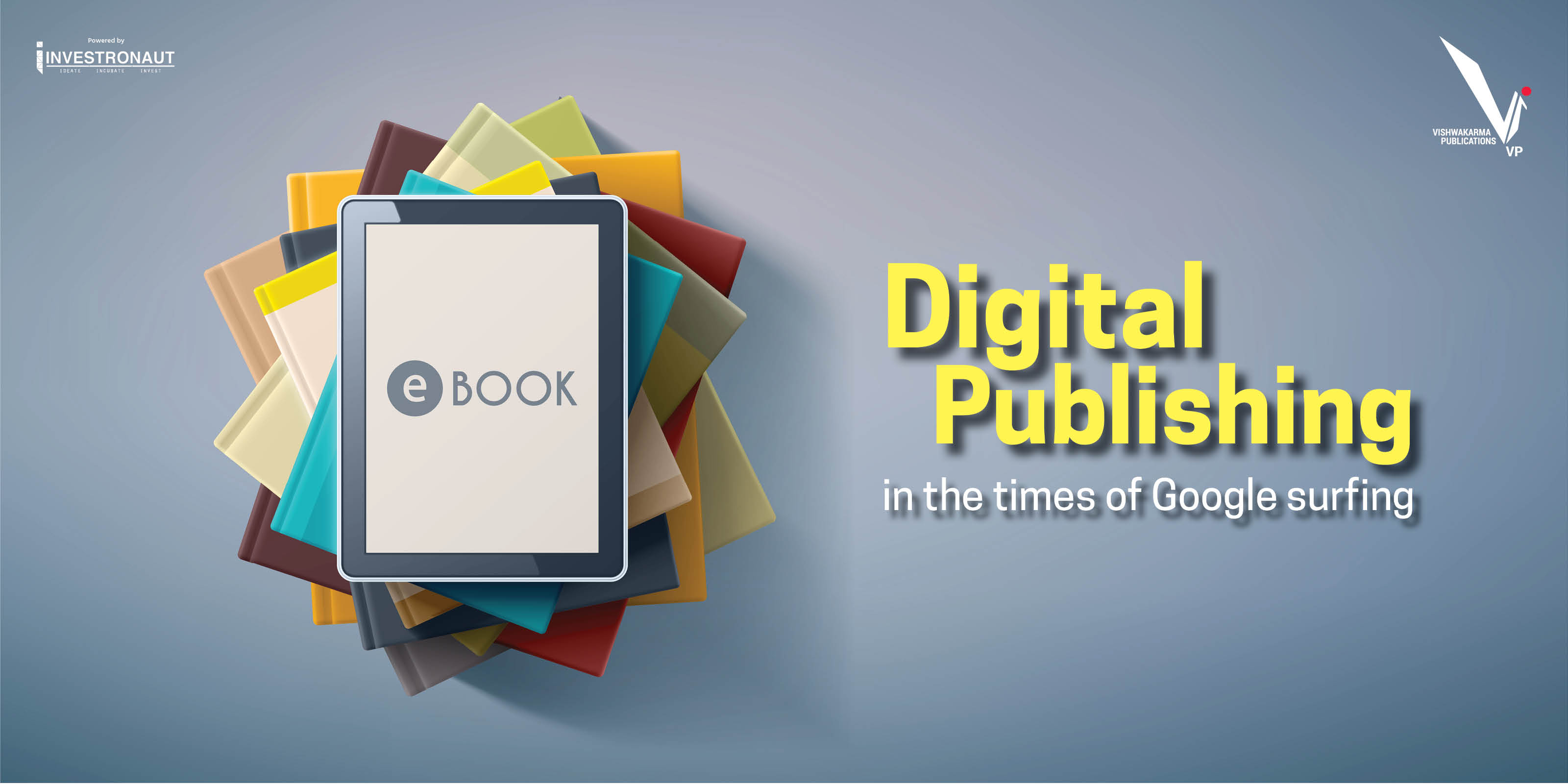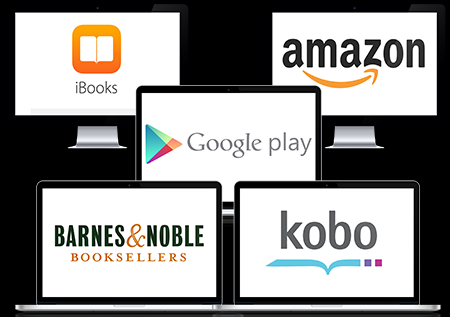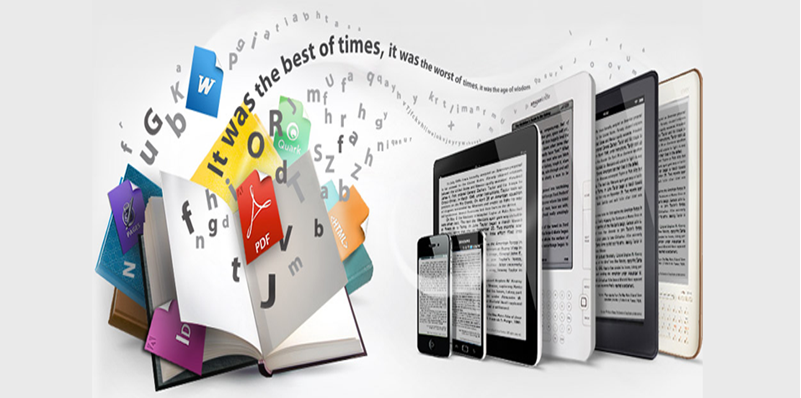Digital Publishing
Digital Publishingon Aug 22, 2019


The Real Definition of Digital Publishing
I can sum up digital publishing in my own words in this way: The use of digital technology to replace written material so that it can be disseminated and accessed through computerized electronic devices.
If that sounds too technical, try this: Taking anything that could be done in print, sound, or that can be seen with the eyes and putting it into a format that can be accessed by computer technology.

Examples of Digital Publishing
Examples of materials that are fast emerging in the world of digital publishing include converting (or creating):
- Newsletters
- Journals and blogs
- Advertisements
- Company Reports
- Catalogs
- Books, magazines, and other periodicals,
- Massive libraries, resource materials, and databases;
- Scrapbooks.
Forms of Digital Publishing
While Adobe is arguably the company that put digital publishing on the map by making it an accessible technology for the masses, there are now many ways to publish your works far beyond the PDF. Digital technology includes everything from websites, blogs, and social networking platforms, to games, apps, videos, CDs, and downloadable materials -- even the simple text message is a form of digital publication marketing.
Digital Publishing vs. Electronic Publishing
As with any advancing field, the terms used to describe the technology is dynamic and now goes by more than one name. The original term electronic publishing, is slowly being replaced by the terms ePublishing and digital publishing. All three to describe the same technology, however, the term digital publishing is most frequently used by companies offering eServices.
What Is an EPUB?
To complicate things further, EPUB is sometimes used to describe publications in any electronic format. But this is not accurate. EPUB refer to publications turned into a specific electronic format using a particular file format:
EPUB (short for electronic publication; alternatively capitalized as ePub, ePUB, EPub, or epub, with EPUB preferred by the vendor) is a free and open e-book standard by the International Digital Publishing Forum (IDPF). Files have the extension .epub.
The Many Marketing Benefits of Digitally Published Materials
You might think the biggest benefit of going digital is cost savings, and while it can amount to huge financial savings over printed materials, there is an even bigger benefit: magnified branding of your business. The vast majority of consumers turn to the Internet for information about products, to read reviews, and to shop online.
Digital marketers have also tapped into our cell phones -- text messages sent to the device holders with offers and announcements reach millions of people every day that would otherwise be impossible to target.
The power of digital marketing can be easily seen in how couponing has changed. Coupons are sent via e-mail, offered for online or in-store only deals. But consumers no longer even need to be in front of a computer to take advantage of deals -- new apps for smartphones allow shoppers to scan the barcode of an item in the store and compare prices.


According to SmartMoney.com, Nearly 40% of smartphone owners use their phones for in-store price comparisons, making it the top mobile shopping-related activity, according to Nielsen. And even those with regular cell phones run price checks: During the 2011 holiday shopping season, 19% of consumers used their phone to compare products or prices in store, up from 15% in 2010 and 3% in 2009, according to customer service research firm ForeSee. With digital technology in our hands, clipping coupons from Sunday morning's paper are becoming a lost art.
Beyond coupons, merchants can now offer online and via e-mail, digital versions of their catalogs. Digital catalogs have many benefits:
Print magazines and catalogs often take longer to prepare and often require three to six months lead time. Digital versions can be put out there for all to see in a fraction of the time.
Once something goes to print it is too late to correct errors in content, pictures, or prices. Digital publications are fast, easy, and affordable to update.
Digital catalogs can be engaging and interactive. Unlike print catalog versions which people may put down and forget about, digital catalogs allow users to click for more information or to place an immediate order. Catalogs may also allow consumers to see reviews and ratings, or offer their own opinions about a product. Digital catalogs accommodate the impulsive buyer much better than a printed version.
Digital catalogs can be shared with friends, family, and over social networks without giving up your own copy.
Digital content and materials of any kind have one standout advantage over printed material -- printed materials rarely go viral -- but campaigns, especially those involving video marketing, launched via digital technology can and do.
Advertisements
Catalogs
Digital publishing
Electronic publishing
Journals and blogs
Marketing benefits
Newsletters
Technology



.jpg)






.jpg)

.jpg)
.jpg)
.jpg)

.jpg)
.jpg)

.jpg)





Sorry! No comment found for this post.